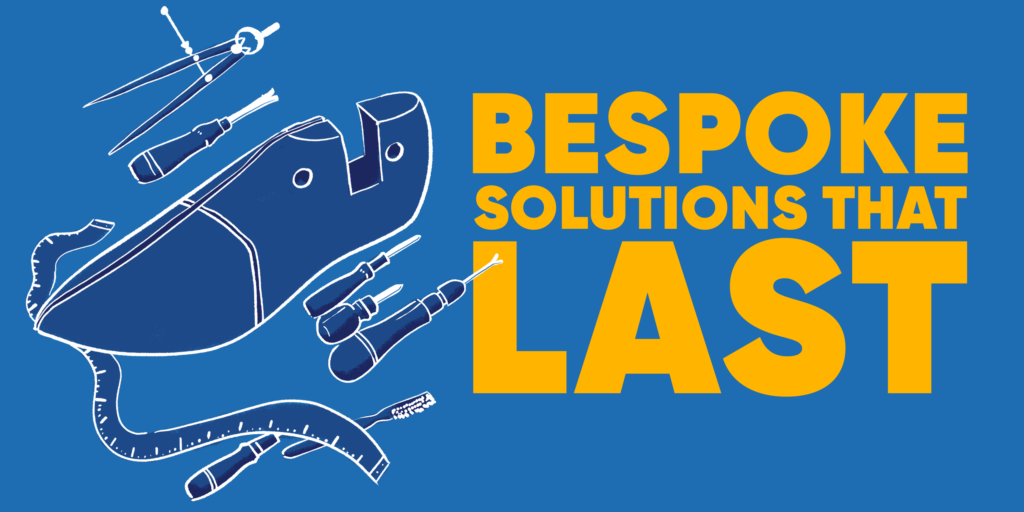Watch the webinar recording at the bottom of this page
In the recent Accenture research report ‘Reinvention in the age of generative AI’, the Life Sciences industry was identified as second only to Software and Platforms for an increase in the number of organisations building a culture for continuous reinvention – with 20% of the industry taking an early lead and advantage of the forecast revenue growth gap.
With constant transformation becoming BAU, we need to inspire and engage organisational talent to continuously adapt, adopting new skills and behaviours in support of the organisational strategy.
In this webinar we were joined by Aimee Christian, VP Global Head Corporate Communications and Engagement at Jazz Pharmaceuticals, who has partnered with The Storytellers, part of Accenture, to deliver strategy engagement, culture change and transformation with four major organisations.
We explored how to leverage the power of storytelling in strategic communications and activation programmes – creating a resilient movement to drive change throughout an organisation. Aimee drew on significant experience leading engagement and communications in Pharma and Life Sciences organisations such as Sanofi and Amgen, and was joined by Robert Tennant, Director Client Strategy, and Kirsty Spencer, Head of Strategic Communications at The Storytellers, part of Accenture.
We explored
- Insights into the psychological impact of change and transformation and the role narrative plays in creating a powerful movement of change
- Successful activation, strategic communications and engagement strategies, particularly in global, highly matrixed and regulated industries such as Life Sciences
- Skills that can help you as a leader to inspire and influence key stakeholders and your team
Watch the webinar now






